A Demo (see note about this demo below): http://jsfiddle.net/m1erickson/2d7ZN/

You can get an array containing the image's RGBA pixel data using context.getImageData
var imageData=context.getImageData(0,0,canvas.width,canvas.height);
var data=imageData.data;
From there you can read (and optionally change) the color of each pixel.
The rgba array is laid out like this:
// top-left pixel (x:0,y:0)
data[0] red of pixel#0 (0-255)
data[1] green of pixel#0 (0-255)
data[2] blue of pixel#0 (0-255)
data[3] alpha of pixel#0 (opacity: 0-255)
// next pixel (x:1,y:0)
data[4] red of pixel#1
data[5] green of pixel#1
data[6] blue of pixel#1
data[7] alpha of pixel#1
You can change the R,G,B or A component of any pixel by changing the data array
For example, this changes the top left pixel to solid red
data[0]=255; // red
data[1]=0; // green
data[2]=0; // blue
data[3]=255; // alpha (opacity)
About transparency:
The alpha component of each pixel determines that pixel's transparency. If you only want to modify mostly opaque pixels then you can easily ignore all the semi-transparent pixels like this:
// alpha is 0-255
// ignore pixels with alpha < 200 (ignore all pixels that are mostly semi-transparent)
if( data[3]<200 ) { // don't process this pixel }
Finally, you can push your modified pixels back to the canvas with .putImageData
context.putImageData(imageData,0,0);
Note about the Demo
It's difficult to "recolor" an image using the canvas's default RGBA color scheme.
So this demo converts the RGB data to the HSL color scheme. This allows the "color" (hue) to be changed without affecting the other components of the pixel (S=saturation of the color, L=lightness of the color).
After the pixel is recolored, that modified HSL data is converted back to RGBA and saved to the data array.


